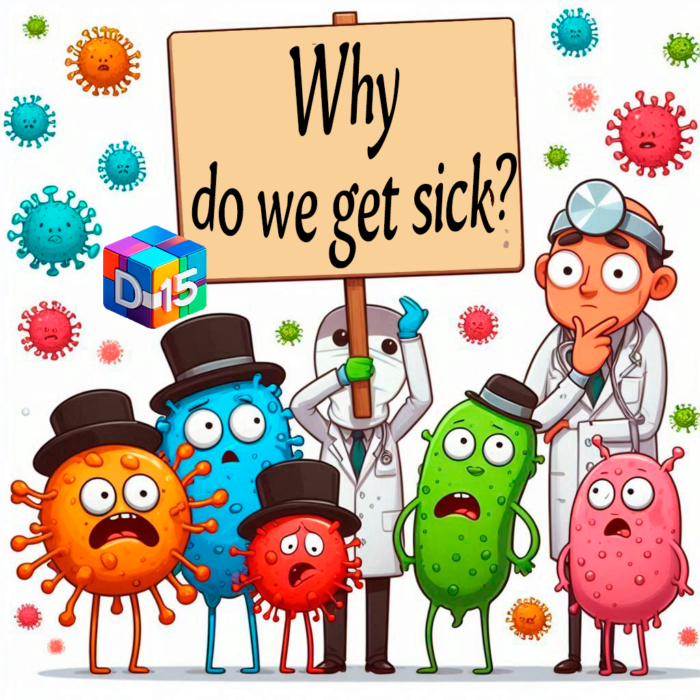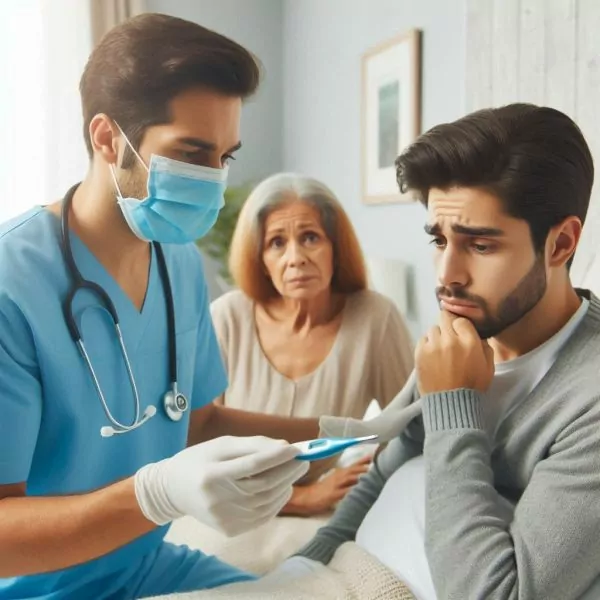
What is the immune system?
“Immune” means “able to resist.” The immune system encompasses all the body’s mechanisms that protect against pathogens. But the immune system is able to protect itself not only from viruses and bacteria from the outside. It can also recognize and destroy cancer cells. The main role in the immune system is played by white blood cells (neutrophils and macrophages), which fight pathogens. Special white blood cells (B cells) produce antibodies that recognize the “enemy” and destroy it.
The immune system is a set of molecules, cells, tissues and organs that protect the body from genetically foreign cells or substances that come from the environment or are formed in the body. The immune system is a living shield of the body, the main function of which is to protect the body from substances and cells with signs of genetically foreign information.
Why do we get sick?

Infectious diseases, such as influenza, are caused by bacteria or viruses. The disease begins when the body’s defenses are unable to fight the infection.
There is another group of diseases – non-infectious. These include, in particular, diseases associated with circulatory disorders, diabetes, cancer. They occur when some part of the body does not work as intended by nature, that is, it can no longer perform the tasks assigned to it. Congenital and hereditary diseases, such as Down syndrome, are less common. The cause of these diseases is disorders during intrauterine development and defects in the software apparatus of cells that are inherited from parents to children.
What are influenza and colds?
Up to 200 viruses can cause a cold. The flu is different: it is caused by three different types of viruses that are constantly mutating. Complaints with influenza are much more serious than with a cold: headache, pain in the limbs, high fever, chills, cough. You can get vaccinated against influenza.
Why do people have a fever?
An elevated temperature in itself does not mean illness. But it signals the presence of, for example, pathogenic microorganisms. What is happening?

Pathogenic microbes, but to a greater extent leukocytes (macrophages, T- and B-lymphocytes) produce special substances – pyrogens, which “trigger” the mechanism of fever. In response to the appearance of pyrogens, the body shifts the balance of heat production and removal to a higher level. In the process of increasing the temperature, more heat is produced, and heat transfer is limited (the capillaries narrow, goosebumps appear, and sometimes, if the temperature rises sharply, a feeling of chills occurs) in order to weaken the “enemy” by overheating, as well as mobilize defenses – in a state of fever, the body works at full capacity: with each degree above 37 C, the heart rate increases by 8-10 beats per minute.
Can you catch a cold by getting your feet wet and overcooling?
Wet feet are the cause of the body’s overcooling, which reduces the immune system, so it is easy for viruses and bacteria to “break through the defenses.” In addition, during the cold season, we sometimes spend a long time indoors. The more people there are in the room and the warmer it is, the more pathogens accumulate there and the risk of infection increases.
To prevent the exchange of pathogens, it is worth wearing a medical mask. Many pathogens, for example, those that can cause a cold, are contained in saliva. They enter the air when talking, sneezing or coughing.
What are antibiotics?
Antibiotics are medicines that help fight dangerous microorganisms. The action of antibiotics is aimed at preventing pathogenic microbes from multiplying or even killing them immediately. Unfortunately, many pathogens have become resistant to antibiotics. Since many people interrupt treatment earlier than expected, not all pathogens die and those that remain develop resistance to antibiotics. But sometimes antibiotics are the only way a person can be cured.